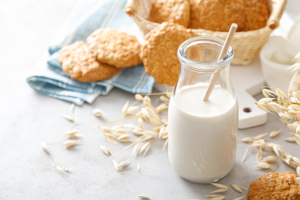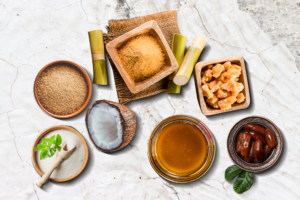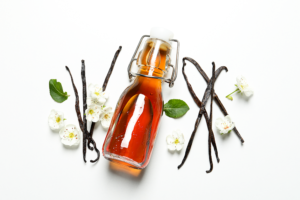Food isn’t just sustenance. It shapes bonds and is a cultural event—whether you’re tasting a family barbecue in the backyard or enjoying dinner at a cosy restaurant. And the common denominator among these experiences? The answer lies in the ingredients that go into the food, from source to plate—a synergy of several things that make your food delicious, safe, and memorable.
What Is a Food Ingredient?
A food ingredient is what makes every bite special. Whether enhancing taste, adding vibrant colour, improving texture, or extending freshness, ingredients transform simple food into something extraordinary. Food ingredients can be obtained in several ways: Sometimes, they’re found in plants; sometimes, people whisk them up in labs.
Importance of Food Ingredients in the Industry
Food ingredients shape the food you eat. From the very fundamental idea of colour to more complex factors like nutritional value, these products are invaluable to the food industry. Michelin-star kitchens depend on them, as do people opening a pack of chips for a quick snack. Food ingredients add dimensions to our food, making it more all-rounded. Read on to understand the types of food ingredients and their value to manufacturers and consumers in an increasingly health-conscious world.
Roles and Functions of Food Ingredients
The importance of food ingredients is covered primarily by the following food ingredient applications:

1. Flavour enhancement
Among the functions of food ingredients, flavouring food is probably the biggest. Food ingredients, derived naturally or synthesised in a lab, can sharpen flavour profiles and turn bland products into delicious creations. Sweet, savoury, umami, or a combination of tastes—food ingredients are the answer!
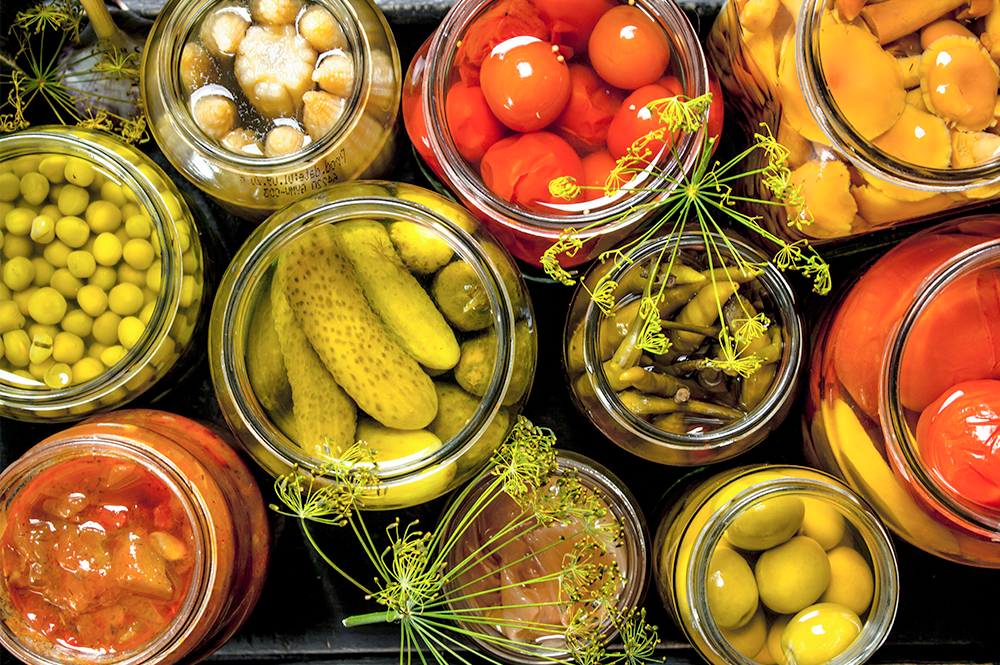
2. Preservation
Food ingredients can act as preservatives that either inhibit or slow the growth of unwanted microorganisms (bacteria, mould, and fungi) that spoil food, prevent changes in physical characteristics, or maintain freshness. The shelf life of foods is vastly improved due to these chemicals!
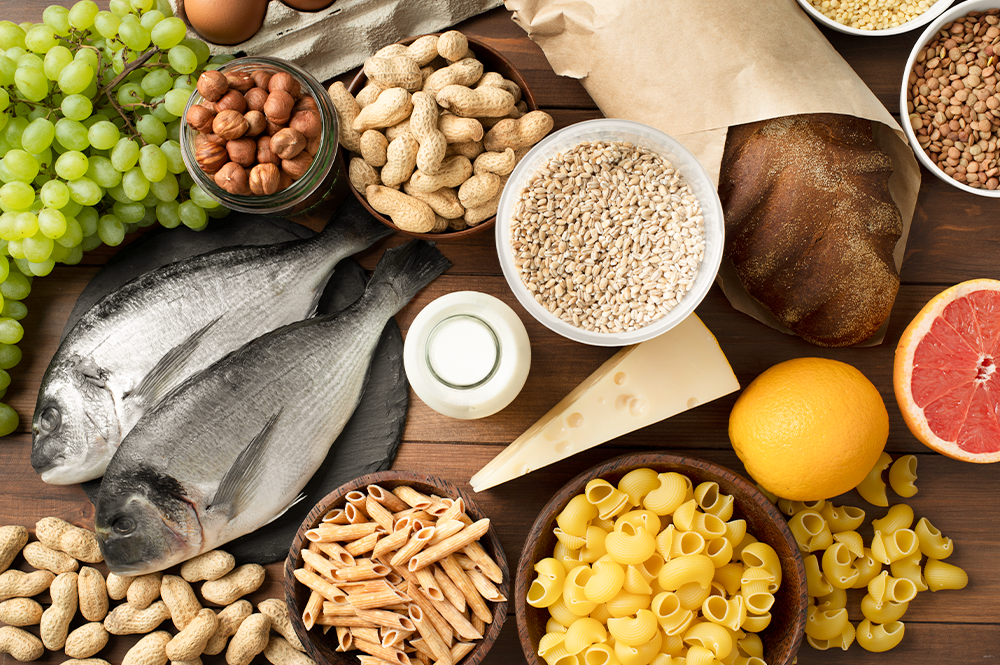
3. Nutritional improvement
Nutritional additives are vital in supercharging some foods with a necessary dose of vitamins, minerals, amino acids, and other nutrients. They fill in for nutrients lost during processing or serve to fortify foods lacking in a particular area.
4. Texture modification
Food ingredients are also responsible for how certain foods feel on the tongue. As a significant part of the flavour profile, texture gives us the complete identity of food. It is an inseparable part of sensory perception, and we can thank food ingredients for helping us enjoy frozen desserts the way they’re meant to be.
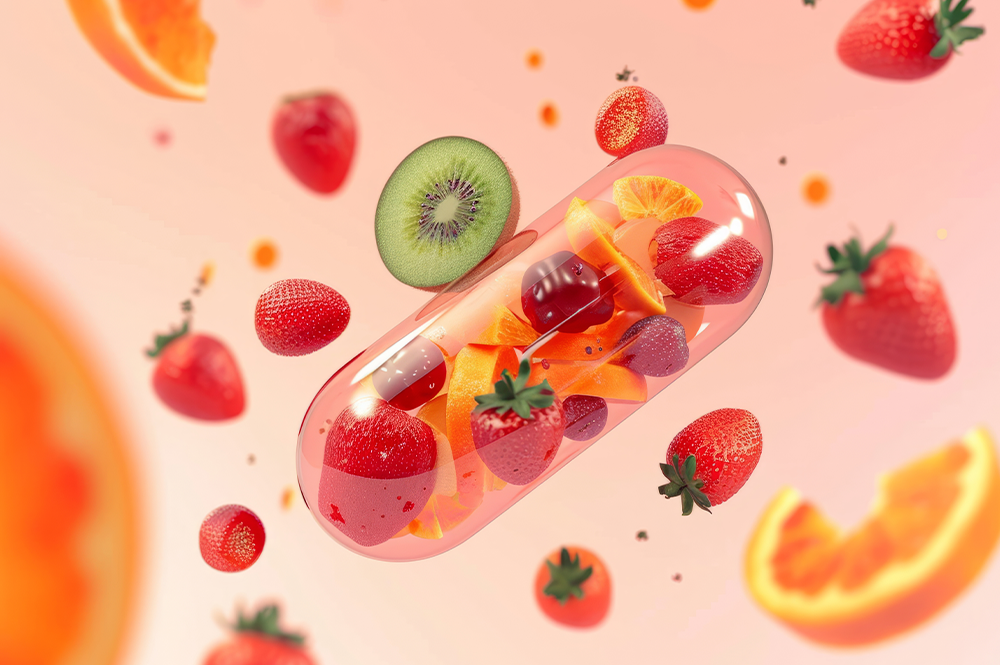
5. Colour enhancement
From enhancing the colour of foods to making up for a loss of colour due to physical conditions, food ingredients are visual artists for every occasion. They can dazzle and help food catch the eye, rounding off the flavour profile in style. Between natural sources and artificial production, ingredients for this purpose can be obtained in various manners!
Types of Food Ingredients

The common types of food ingredients are:
1. Flavouring agents
These ingredients are added to a range of items to achieve a distinct taste. They can be as simple as spices like ginger or something more chemically complex like, well, 4-(P-Acetoxyphenyl)-2-Butanone. Soft drinks, sauces, and many other foods often need these flavours to direct their taste in a certain way.
2. Preservatives
These ingredients are chemicals like ascorbic acid, citric acid, sodium benzoate, sodium nitrite and even vitamin E that act against specific chemical changes. They have various uses; in general, they keep food on the shelves longer by preventing changes to physical characteristics (thanks to antioxidants) and fighting microbial action.
3. Sweeteners
Sweeteners can be naturally occurring sugars like corn syrup and fructose or artificial ones like acesulfame potassium. They’re required in confections and baked goods, among a thousand other things, and some are often used as sugar (fructose) substitutes.
4. Colourants
They’re either artificially created (Red 3, Yellow 5) or extracted from plants (spirulina extract, carrot oil, grape skin extract, etc.). There’s very little that colourants/food colours don’t touch: Anything from chewing gums to energy drinks to sausage casings to lozenges bear their mark.
5. Emulsifiers
What do you do when you need to mix two liquids that don’t really get along very well? Like vegetable oil and water for some mayonnaise. Use an emulsifier! It allows smooth mixing and then keeps the product stable without separating. Egg yolk is probably the most well-known example. Other examples include soy lecithin and propylene glycol alginate, which can be traced all the way back to algae!
6. Stabilisers and thickeners
They usually turn up as starches, gums, or proteins. They increase the viscosity of foods and also stabilise emulsions either by adsorbing to the outer surface of oil droplets or by increasing the viscosity of the water phase, eventually promoting creaming. Stabilisers and thickeners are used widely in jams, dairy products, sauces, jellies, and the like.
7. Nutritional additives
Varied nutrients, like niacin, folic acid, iron, ascorbic acid, and riboflavin, are added to food products to compensate for nutrient loss during processing. Or they could be added to fortify products and enrich them with health benefits. They’re easy to spot on energy bars and similar products.
8. Leavening Agents
Baking soda and baking powder are used as chemical leavening agents to expand doughs and batters by releasing carbon dioxide to achieve perfectly made baked goods. They work best in combination with ingredients containing an acid. Fermentation with baker’s yeast can also provide similar results and is especially used to prepare bread.
Food Ingredients and Consumer Health

As impossible as it is to think of food without food ingredients, there have always been concerns over the safety of some artificial additives. While some colours like Red 3 and Yellow 6 are suspected of contamination, hypersensitivity reactions, and cancer in lab animals, a few flavours (benzophenone, myrcene, pyridine, and styrene, among others) have had their safety status changed. Artificial food sweeteners like aspartame are also battling accusations of possible cancer risks.
The bad press has seemingly broken consumer trust in a particular segment of additives. People agree that synthetic colours can lead to health issues when consumed regularly. But it’s not the end of the world—advancements are helping manufacturers get their hands on safe, reliable natural ingredients and provide consumers with high-quality food products that can be enjoyed without worry. Innovation is giving rise to natural colours with high solubility and stability, perfect for snacks, baked goods, dairy, beverages, meat processing, and more! Moreover, technologies such as the spinning cone column and CO2 extraction deliver all-natural and clean-label solutions to flavour products and reach consumers seeking a difference.
Conclusion
The importance of food ingredients goes beyond just what ends up on our plates. Food’s cultural significance in shaping our day-to-day lives wouldn’t be possible without them. With advancements in technology, we can look forward to innovative and enhanced products that enrich people’s experiences, bringing them closer and catering to the demand for more exciting food choices. The future of food ingredients will thus guide the food industry forward, highlighting quality, healthy options, and sustainably sourced products.
Food manufacturers should look to trusted food ingredient solution suppliers amidst all these possibilities. Opportunities lie at every corner, ready to be grabbed. Build your products with the right partner and come away with a brand that consumers will love and appreciate!
FAQs
Food regulatory agencies and advisory bodies like the US Food and Drug Administration (FDA) and the European Food Safety Authority (EFSA) either establish standards or issue advice that informs laws and policymaking around food safety. For instance, if a manufacturer wants to list a new additive, they must offer proof to the regulatory body that it’s safe for use. The ingredients are then strictly evaluated and approved after a safe use dose is established. Countries without the ability to develop regulations can follow internationally adopted food standards and guidelines like the Codex Alimentarius and schemes recognised by the Global Food Safety Initiative. Different countries treat food ingredient safety differently, depending on the regional customs and nature of the ingredients. But all standards, by and large, are backed by scientific evidence and aim to prevent foodborne illnesses and protect the supply chain at all points.
Artificial food ingredients are synthesised to replicate the application of their natural counterparts. These are ingredients added to processed foods that are not taken directly from a whole food. Ingredients prepared in a lab can be structurally similar to natural compounds. On the other hand, natural food ingredients are sourced from plant constituents entirely. Sodium ascorbate, for instance, is produced artificially to be used as an antioxidant in place of vitamin C obtained from oranges and lemons.
Most common food ingredients are classified as flavours, colour additives, preservatives, sweeteners, emulsifiers, stabilisers and thickeners, nutritional additives, antioxidants, and humectants. Some ingredients might have more than one purpose.
Artificial food ingredients pass strict tests and are generally safe. But their safety status has come under repeated scrutiny, especially flavours and colours linked to contamination and cancer in lab animals. There have been disputes between regulatory bodies and consumer advocacy groups over the apparent safety of certain artificial ingredients (benzophenone, myrcene, Red 3, Yellow 6, etc.), and various studies have been conducted to ascertain their safety in food applications. While approved artificial ingredients pose no threat at recommended levels, doubts remain among consumers over their use.

